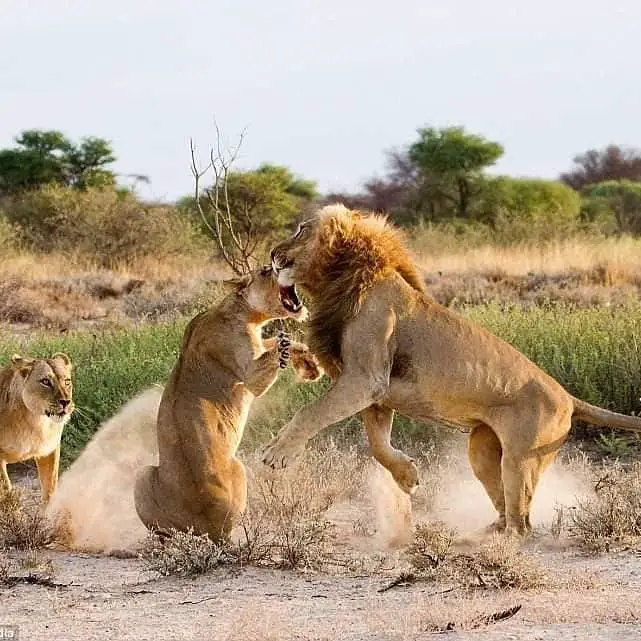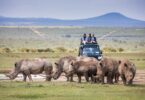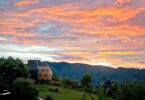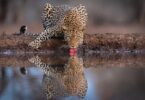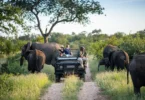Did you know that are a dozen national parks in Tanzania that are overshadowed by the bigwigs such as the Serengeti National Park, Lake Manyara National Park among others.
They add to the top ratings for the best places to visit in Tanzania among them Ngorongoro Crater, Mount Kilimanjaro and the bustling Zanzibar whose pride is islands and the bubbly Stone Town.
For a full feel of Tanzanian travel, you could head out on a visit starting with the less known national parks and game reserves because they have an equal share of bliss and excitement just like the big and internationally recognized parks.
Also read:All About The Lions Of The Serengeti In Tanzania
Selous Game Reserve

Selous Game Reserve. [Photo: luango1_photo]
So big is it that it takes up 5 per cent of Tanzania’s landmass stretching to the south where a dense forest with dangerous and steep cliffs lie. The Southern region of Selous Game Reserve is a no-go zone. Visitors are only allowed to feel and immerse themselves in nature in the reserve’s northern part from which the Rufiji River emanates.
This part of the reserve has a lot of diversity in terms of vegetation, topography and nature. It begins with a vast open grassland, then a woodland with winding rivers and rolling hills which even up into plains.
Between July and October, Selous Game Reserve is at its peak with thousands of visitors coming in to enjoy nature. The most intriguing part of the game reserve is the enormous size of the Rufiji River which is East Africa’s biggest catchment area. The river supports the existence of wildlife and aquatic animals such as birds, crocodiles, hippos, alligators among others.
In the grassland, some of the big five members that whip up your expectations are giant-like elephants feeding on shrubs and tree branches as rhinos, buffalos, antelopes, giraffes and warthogs forage in the grassland unperturbed.
Lions, cheetah and leopard are always on the prowl protecting their territories and hunting down prey. Bird enthusiasts have a merry time here with over 350 species to add to their memory journals.
Arusha National Park

Arusha National Park. [Photo: arusha_nationalpark]
Water bodies are in plenty here given that seven Momella Crater Lakes call Arusha National Park home. These carter lakes support the existence of marine birds and migratory birds.
In Mount Meru which is forested, Colobus monkeys – black and white – rule the kingdom hopping from one tree to another. Buffalos, zebras and warthogs are in plenty on the ground.
Mount Meru is a favourite mountain climbing zone and is the second-highest mountain in Tanzania after Mount Kilimanjaro which is the highest in Tanzania and in Africa.
Ruaha National Park

Ruaha National Park. [Photo:
ruaha_national_park]
Besides the wildlife spectacle on offer, Ruaha River leads to a mega-dam – Kidato Dam – which is a key point to hydroelectricity for Tanzania. Beautiful gorgeous with towering trees on the flanks makes it so appealing.
Gombe National Park

Gombe National Park. [Photo: Gombe National Park]
In the formative years, a British researcher Jane Goodall based her studies on Chimpanzees at the Gombe National Park. By and large, chimpanzees remain the biggest attraction although there are 200 species of birds inhabiting the tropical forest.
Nature trails into a waterfall and a valley are available.
Katavi National Park

Katavi National Park. [Photo: katavipark
]
There are seasonal lakes every rainy season supporting the growth of crocodiles, hippos and 400 species of birds. Every dry season, hundreds of hippos move to a small pool to cool their bodies.
Fights between the hippos are a common occurrence every day as the protect their territories during the dry season as crocodiles take refuge in muddy pools.
Other animals found in Katavi National Park include reedbucks, impala, elephants, buffalos, zebras, giraffes and lions.


